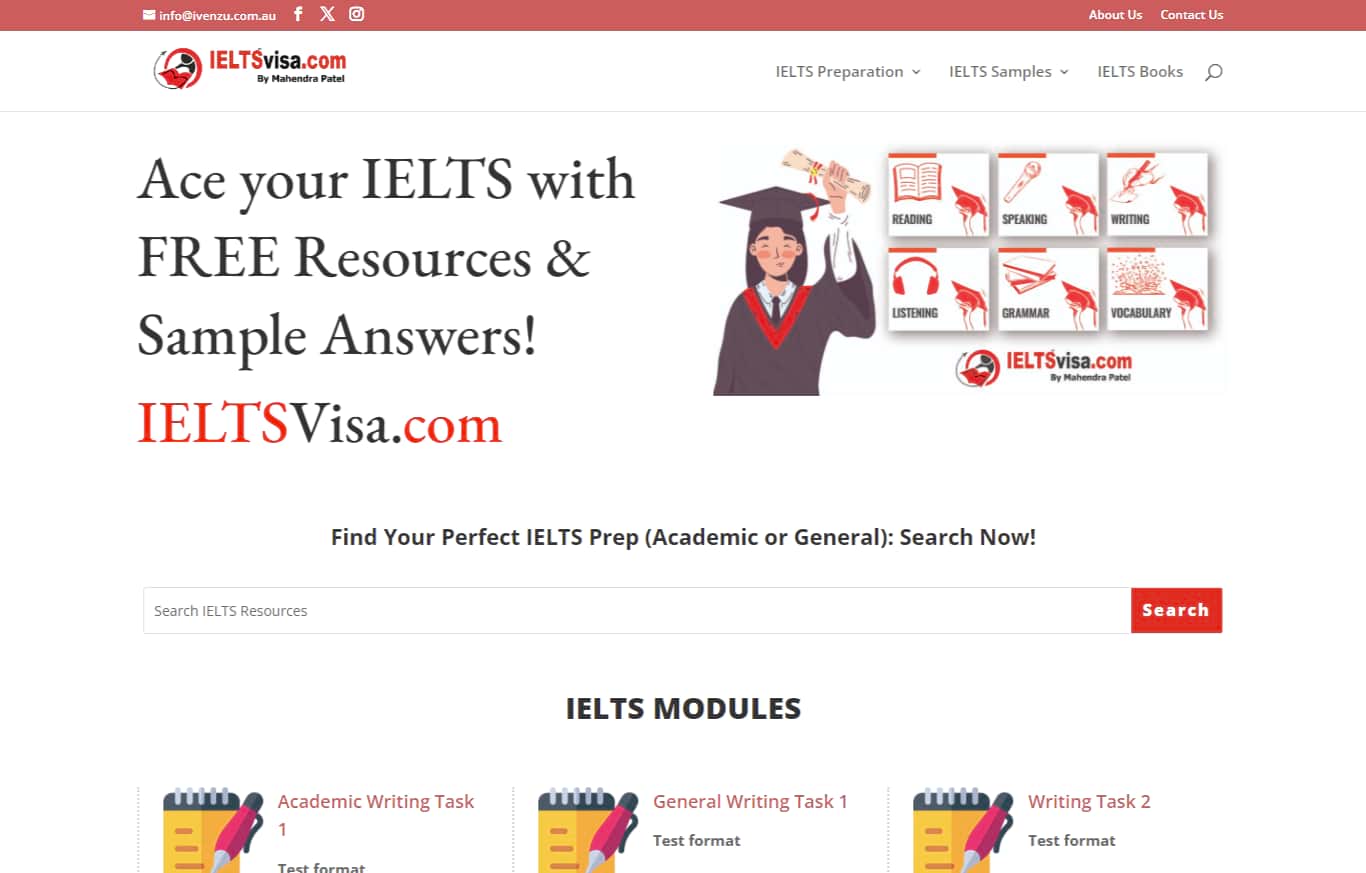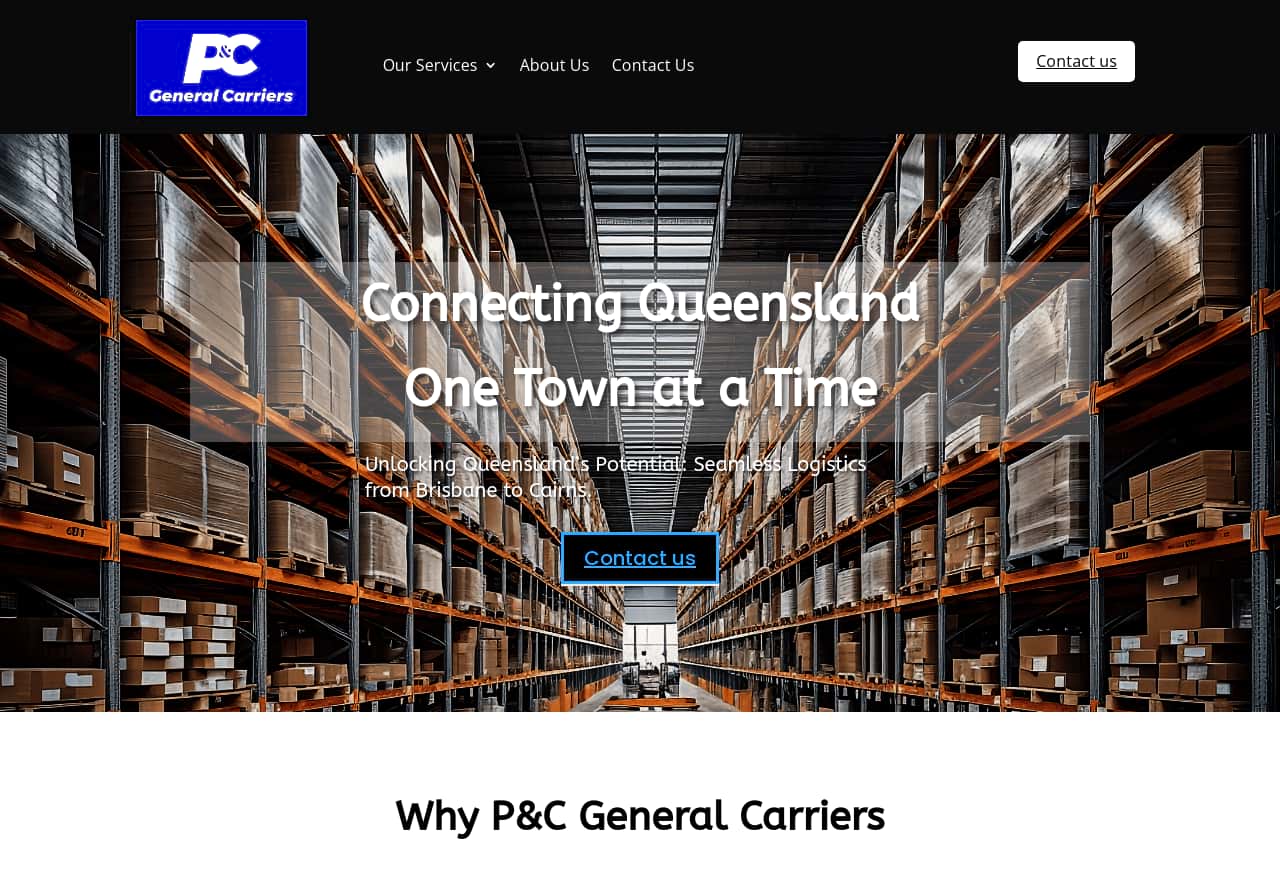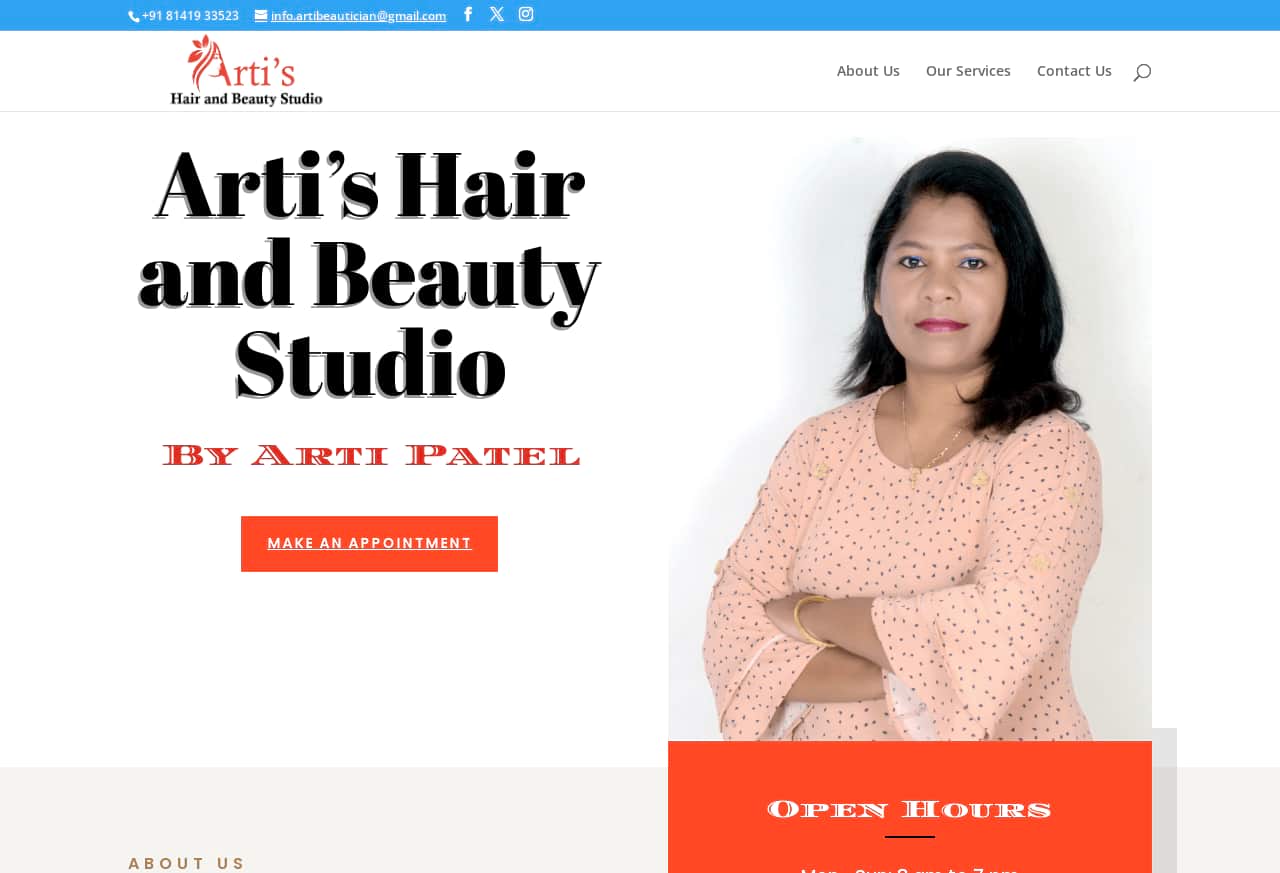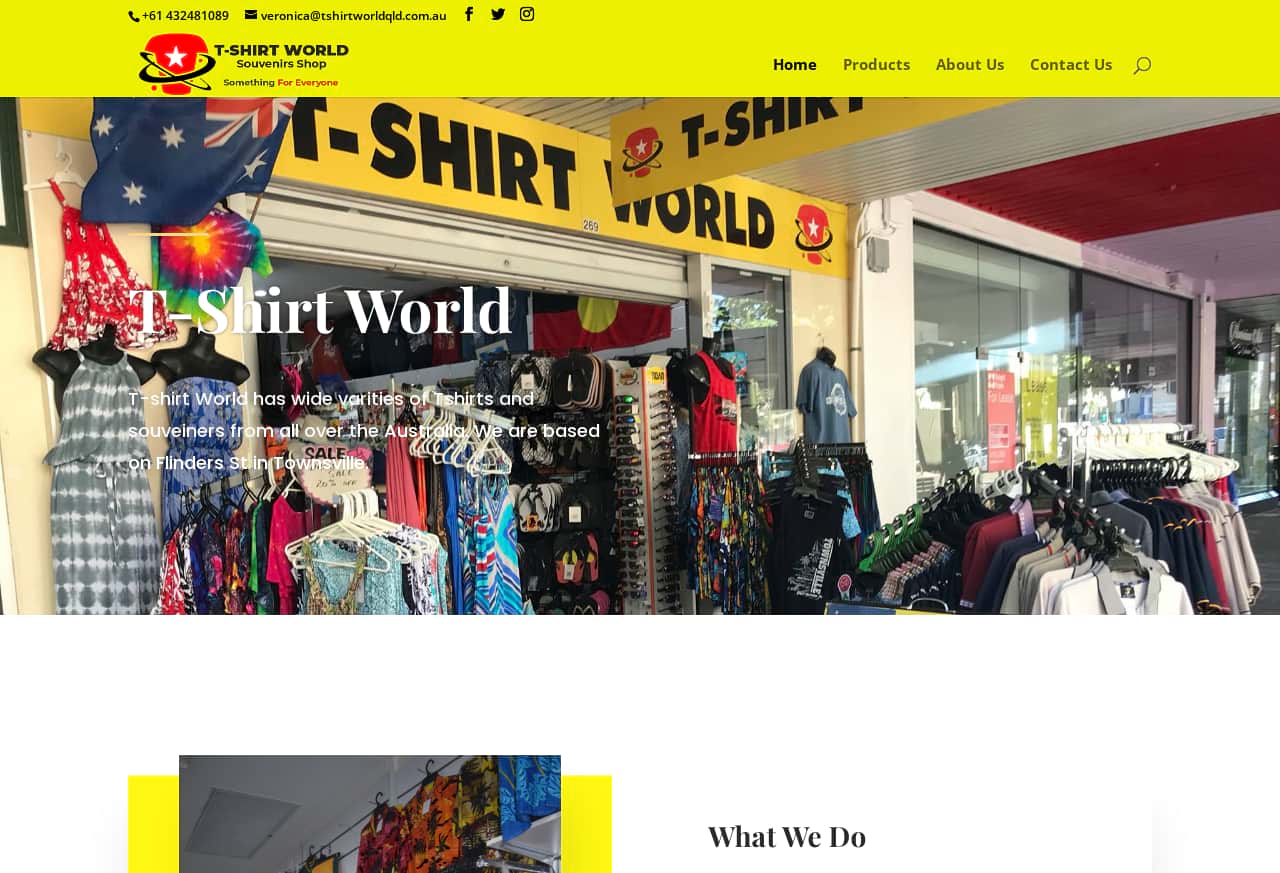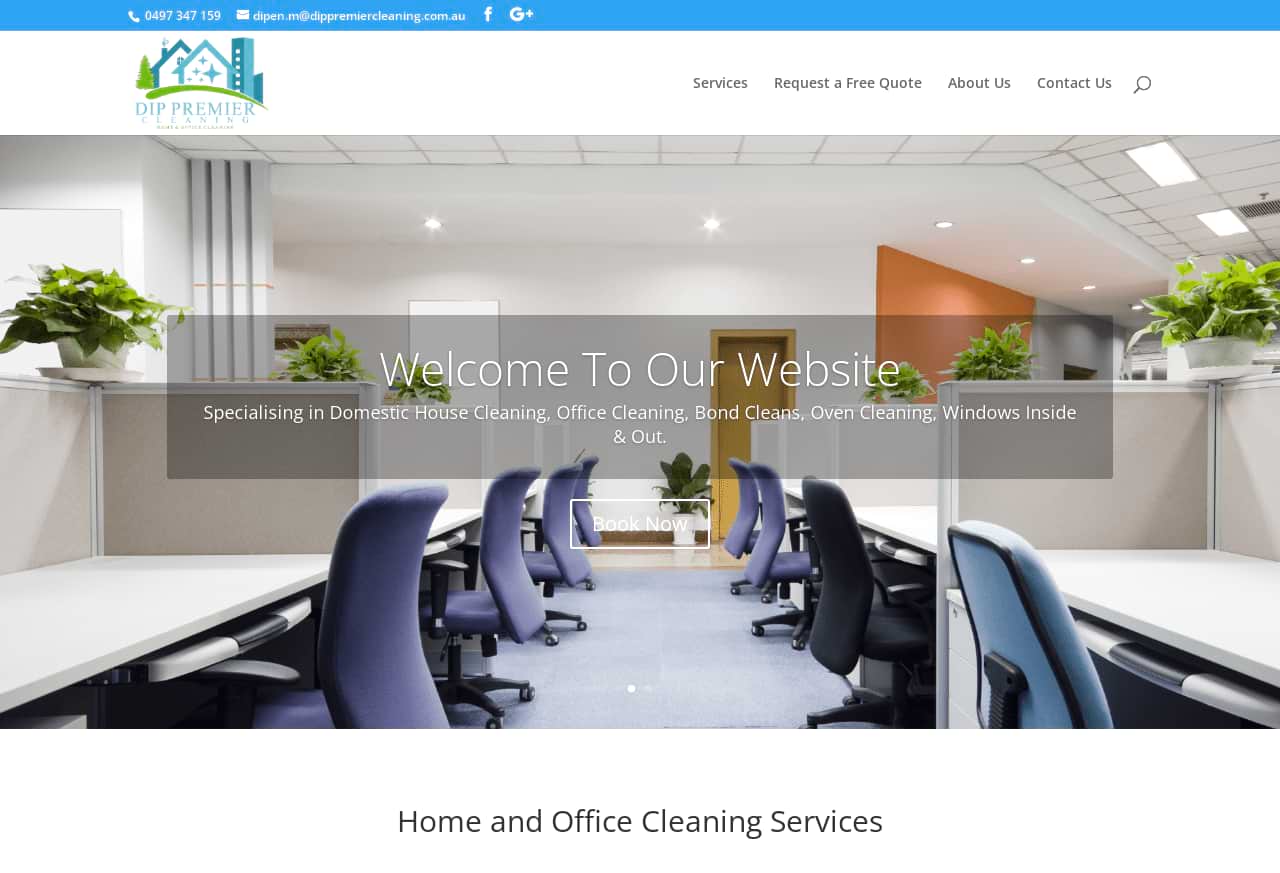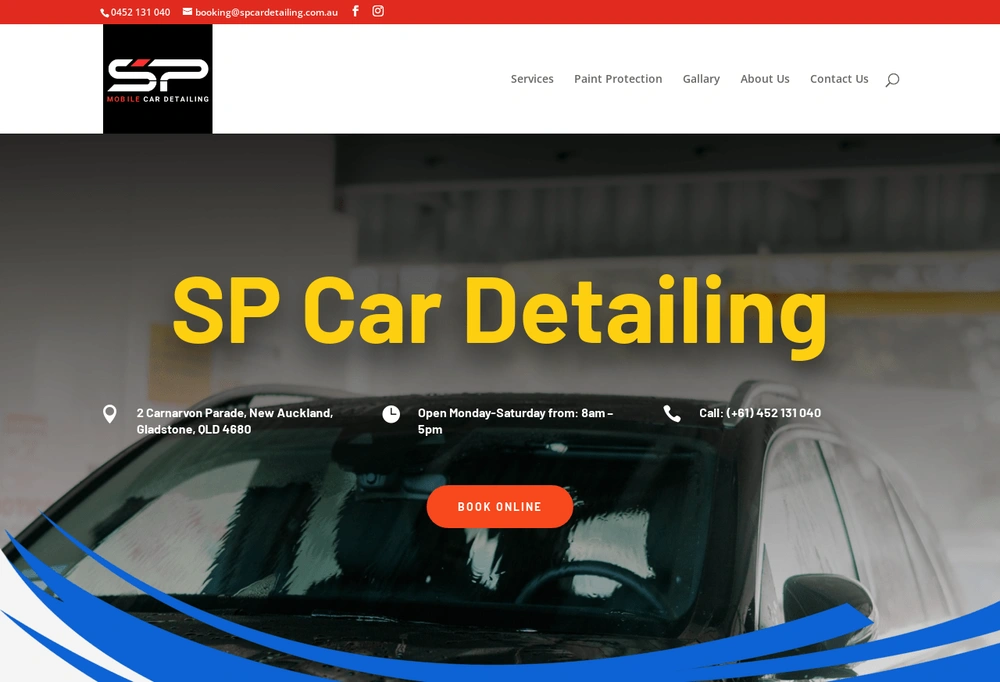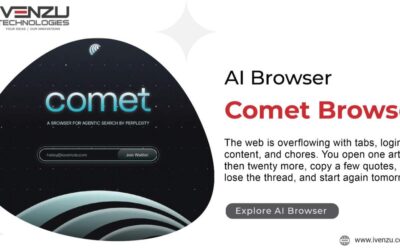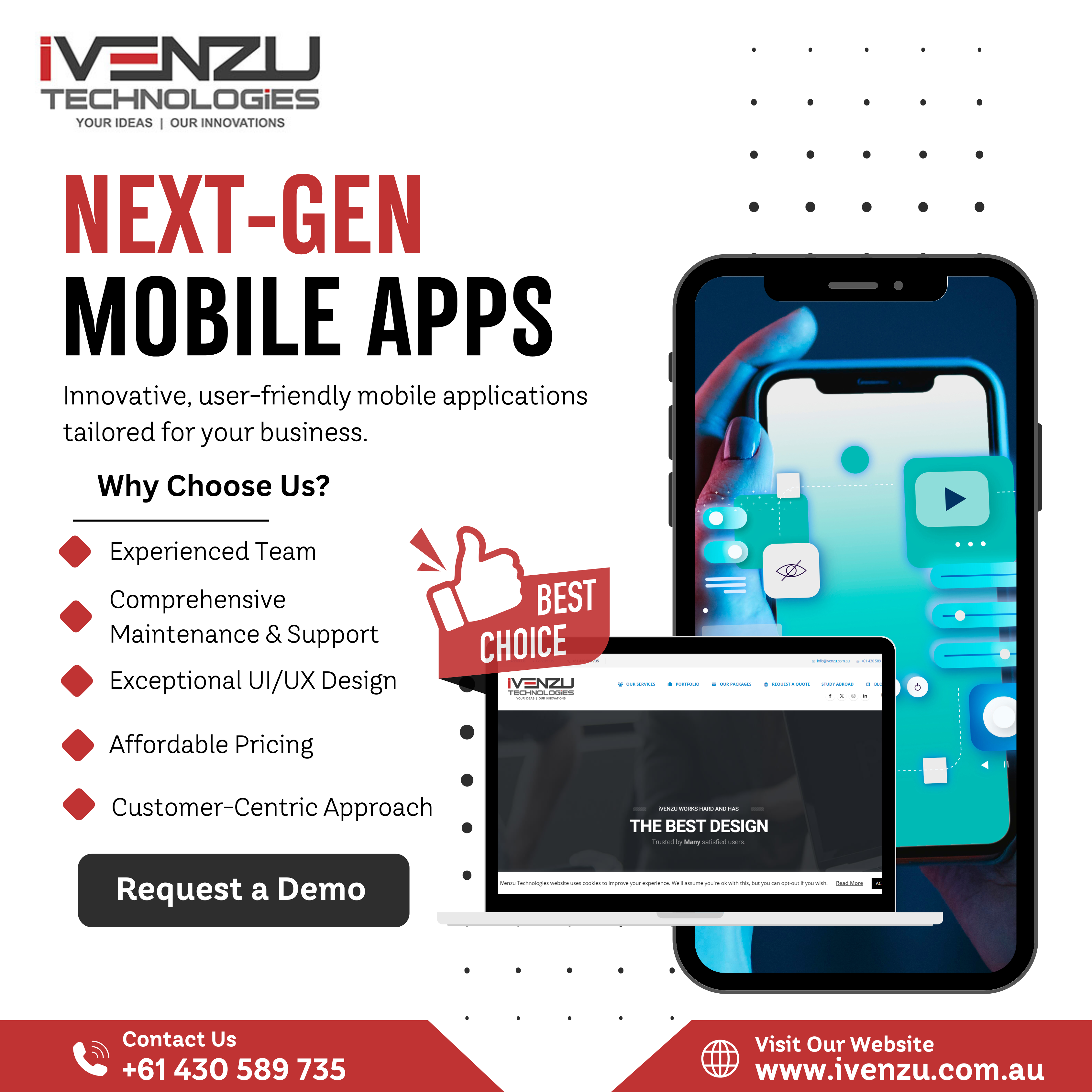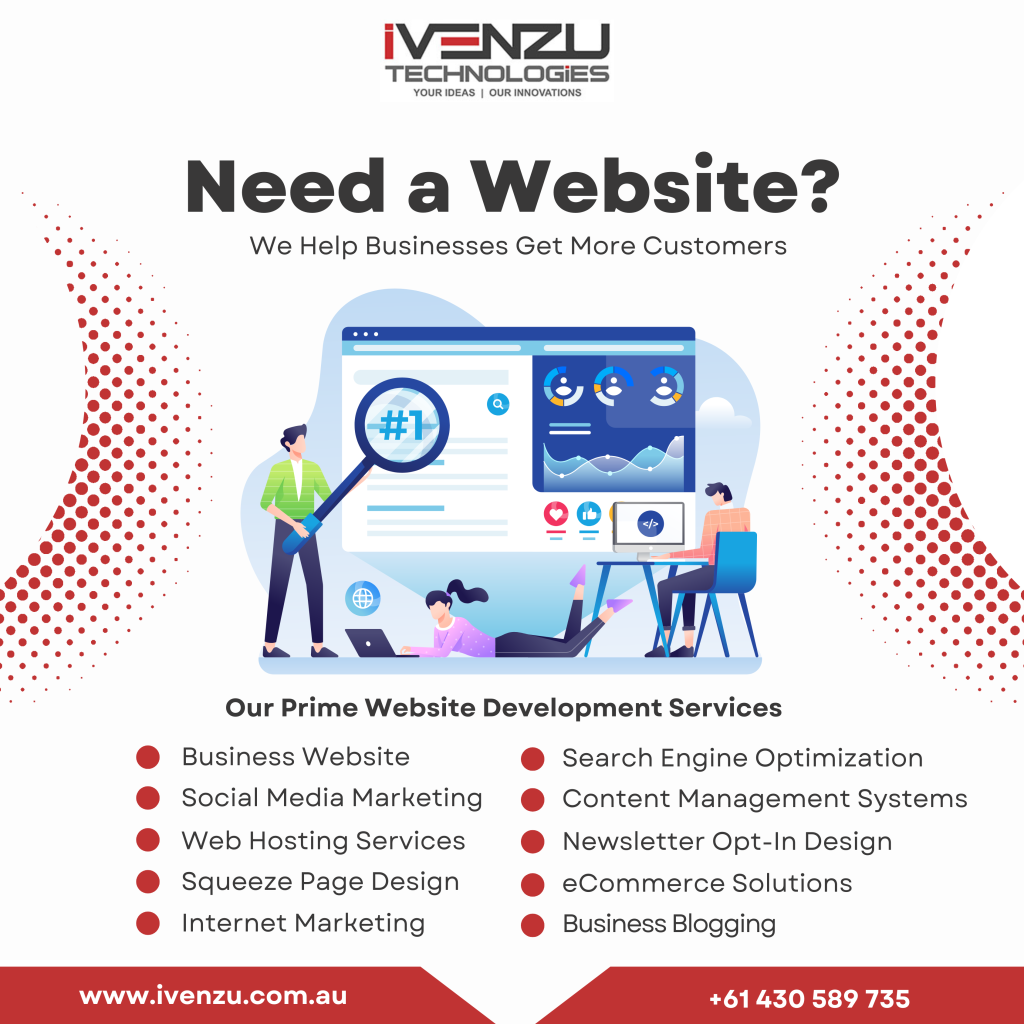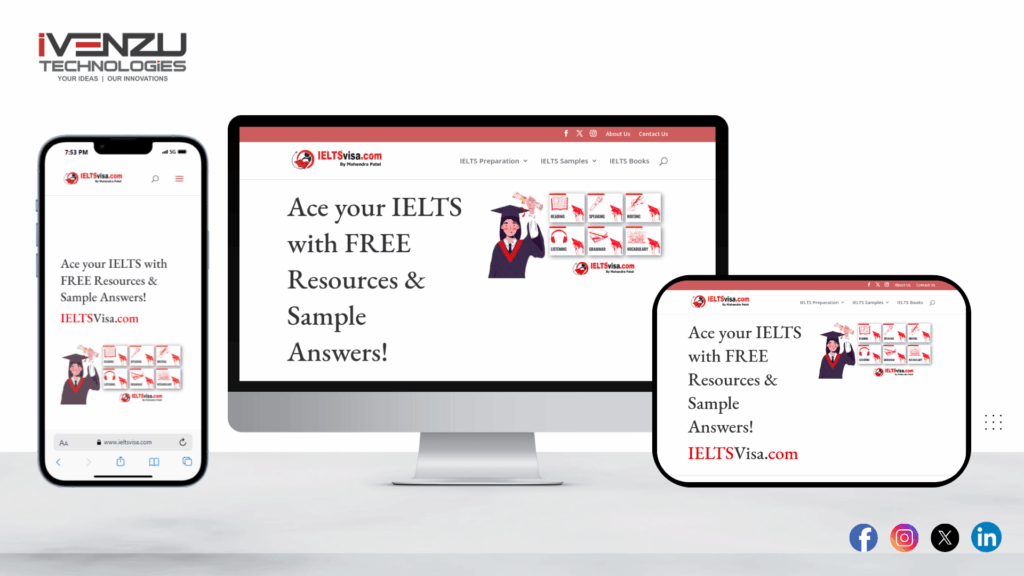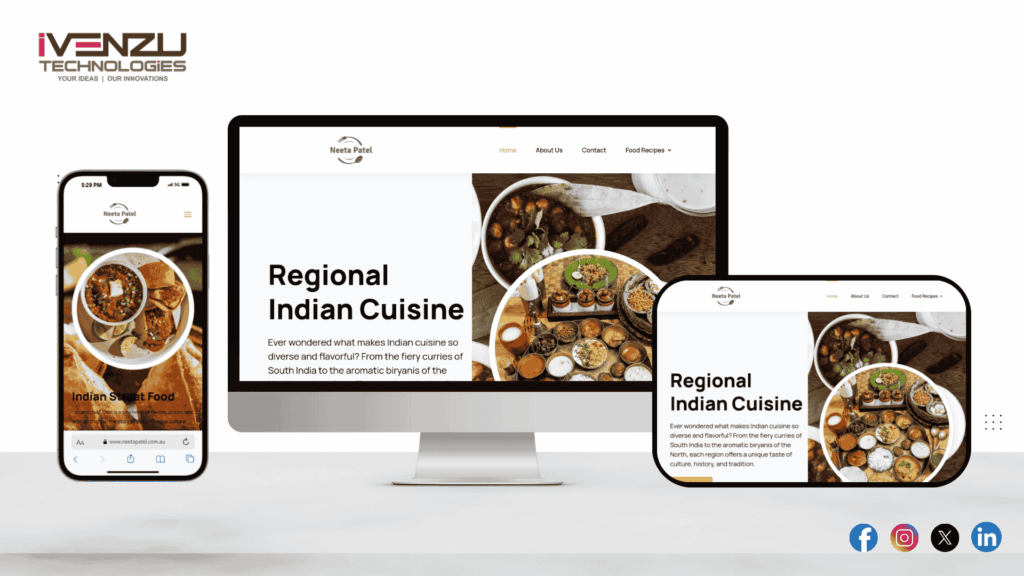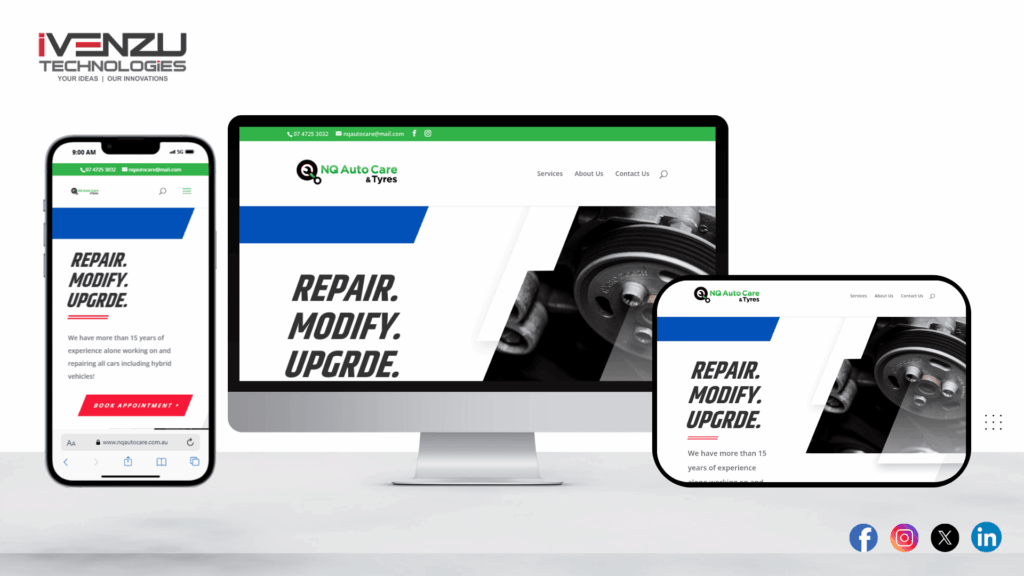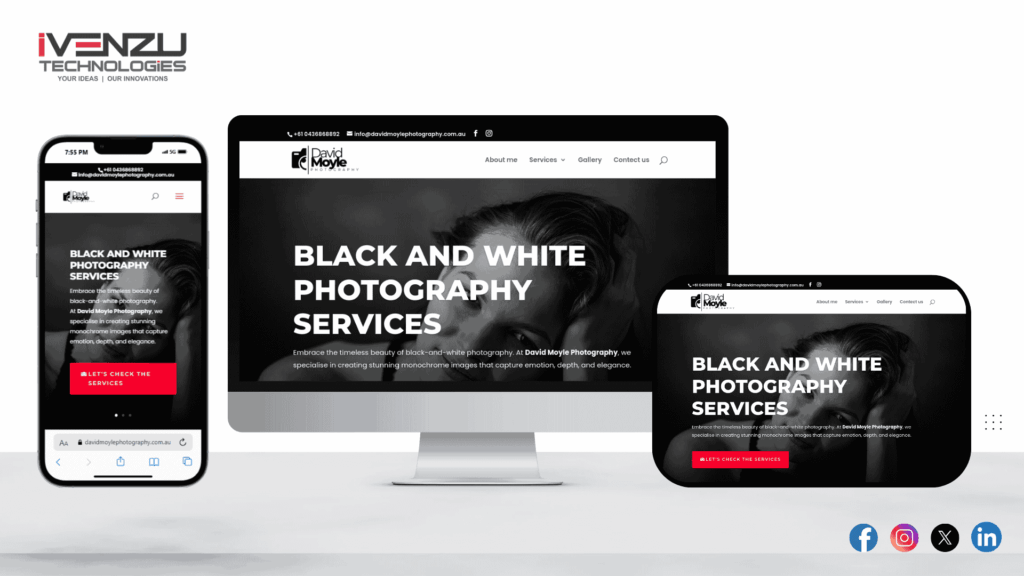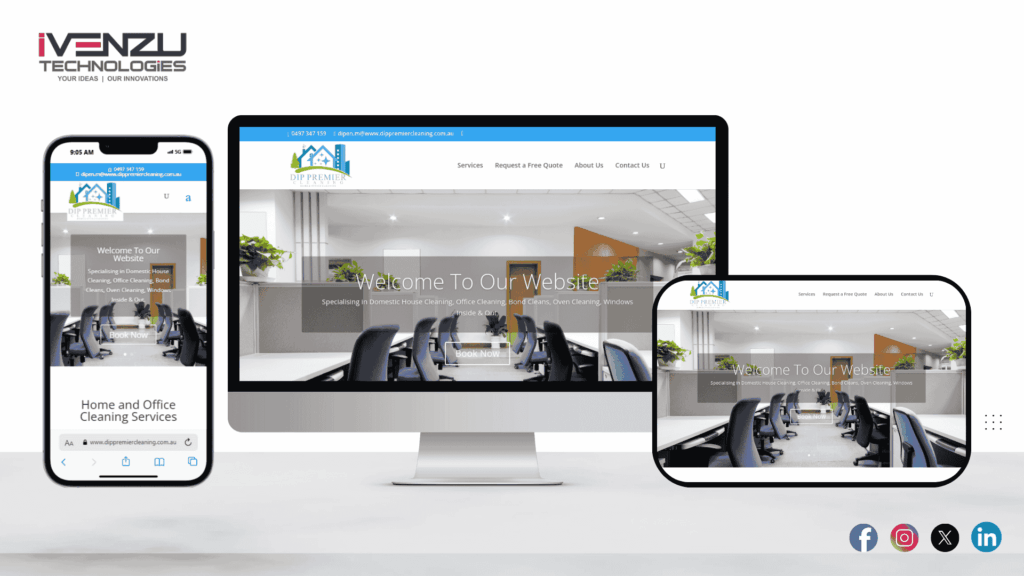What Is the Purpose of Your Website?

Your content goes here. Edit or remove this text inline or in the module Content settings. You can also style every aspect of this content in the module Design settings and even apply custom CSS to this text in the module Advanced settings.
When it comes to the goal or purpose of a website, there is no one size fits all. We’ll share 3 main purposes of a website but then we’ll dive into how these shift depending on the type of website you are designing for. Let’s dive into the main purposes of a website and how you can focus on one for your next website.
The 3 main purposes of a website
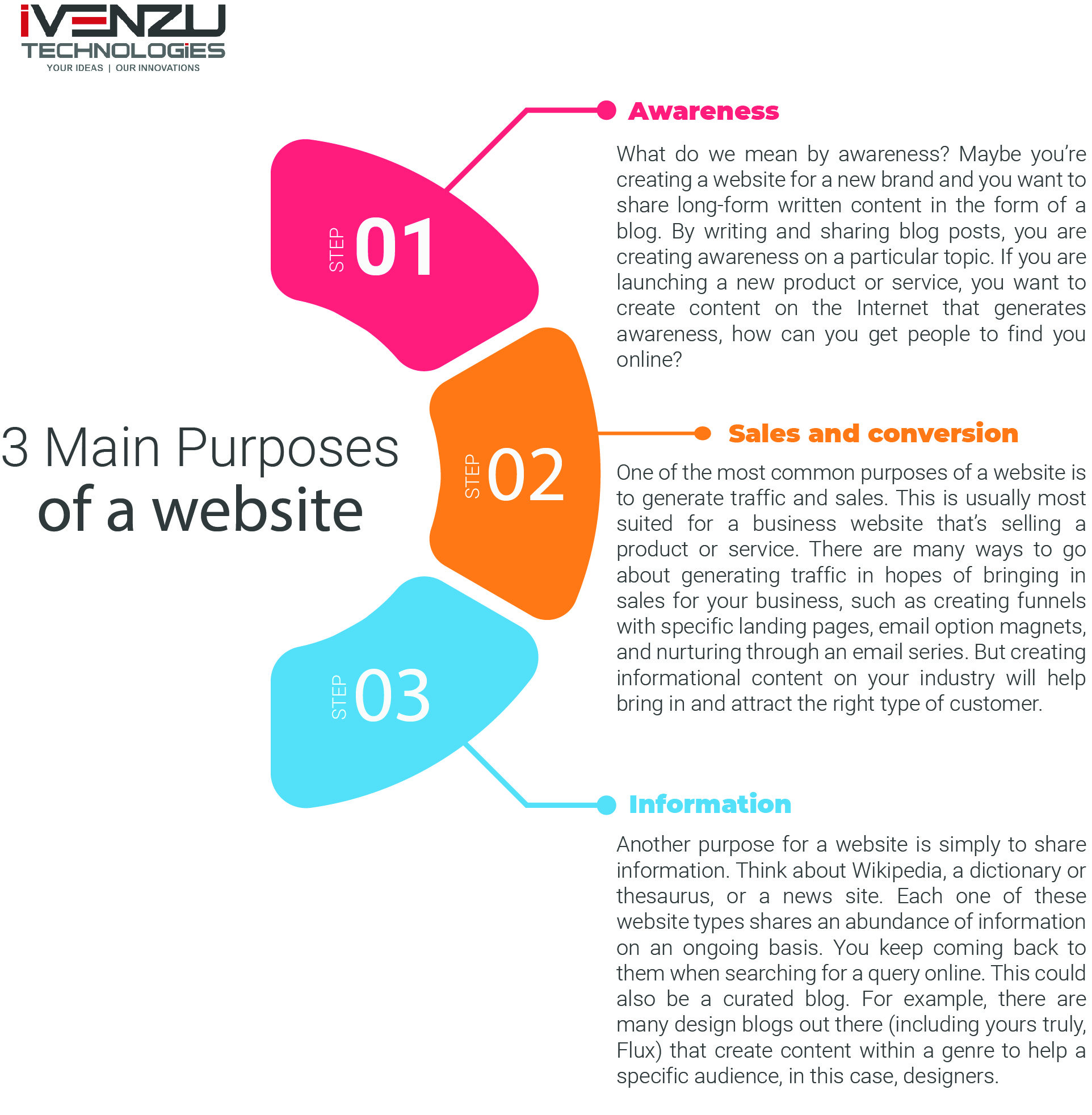
Our Websites Porjects
Education Website: IELTSvisa.com
An educational website is designed to share knowledge, skills, or information with the world. The purpose is to create awareness about a specific subject, provide valuable resources, and help users learn effectively. For example, the goal of an educational website might be to teach visitors about web design, offer tutorials, or provide resources for advancing their skills. In this case, the website aims to generate awareness about the topic, engage users through learning materials, and encourage actions such as enrolling in a course, downloading resources, or subscribing to updates.
Transportation Websites : P&C General Carriers
Transportation websites are platforms designed to showcase transportation services and connect users with solutions for their travel, logistics, or commuting needs. These websites often share details about the services offered, routes, pricing, customer testimonials, safety measures, and the company’s mission. They may also feature tools such as booking systems, shipment tracking, or trip planners to streamline user interactions.
Beautician websites are designed to showcase the services, expertise, and offerings of beauty professionals. These websites often feature information about the beautician’s background, services (e.g., makeup, hairstyling, skincare treatments), pricing, customer testimonials, and a portfolio of work. They may also include features like appointment booking, blogs with beauty tips, and product recommendations.
Clothing websites are online platforms designed to showcase and sell apparel, accessories, and related products. The primary purpose of these websites is to generate traffic and drive sales by offering a convenient shopping experience for customers. Clothing websites typically include features like product catalogs, size guides, customer reviews, and secure payment options. They may also offer personalized recommendations and promotions to enhance user engagement and encourage repeat purchases.
A Premier Cleaning website is designed to showcase professional cleaning services and provide a seamless way for customers to book or inquire about services. The primary purpose of such a website is to generate leads and drive sales by attracting potential clients and converting them into customers.
A car detailing website is designed to highlight premium detailing services and provide an easy way for customers to book appointments or request quotes. The main purpose of such a website is to generate leads and drive sales by showcasing expertise in car care and attracting potential clients.
Know the purpose of your website before designing
As a web designer, you might be wondering if you need to know the purpose of your website before you design it. You could design a website and fill it with content without ever considering the purpose or goal but you would be at a huge disadvantage. Taking the time to think about the purpose of your website, what the main goal is, and how you will measure success will help you create a better website from the start.
Ask the client for the goal of the website
When designing a website for a client, this is a question you should ask in the discovery phase, before any design takes place. Knowing the goal for the client’s business website from the start will help you make informed design decisions. For example, if the goal is to drive traffic to a free or low-cost trial of a product, you would need to design a simple landing page experience and test conversion to achieve the best results.
Once you’ve defined the goal of a website, it’s essential to determine how you will measure success. For instance, if the objective is to boost website traffic, set specific, measurable targets. For example, aim to increase traffic by 10% within a set timeframe. Plan the strategies you’ll use to achieve this, such as creating SEO-friendly content or running paid advertising campaigns. Additionally, decide how much time and resources you’re willing to invest in these efforts to ensure the goal is realistic and achievable. Clear metrics and a well-defined strategy will help you track progress and determine when you’ve reached success.
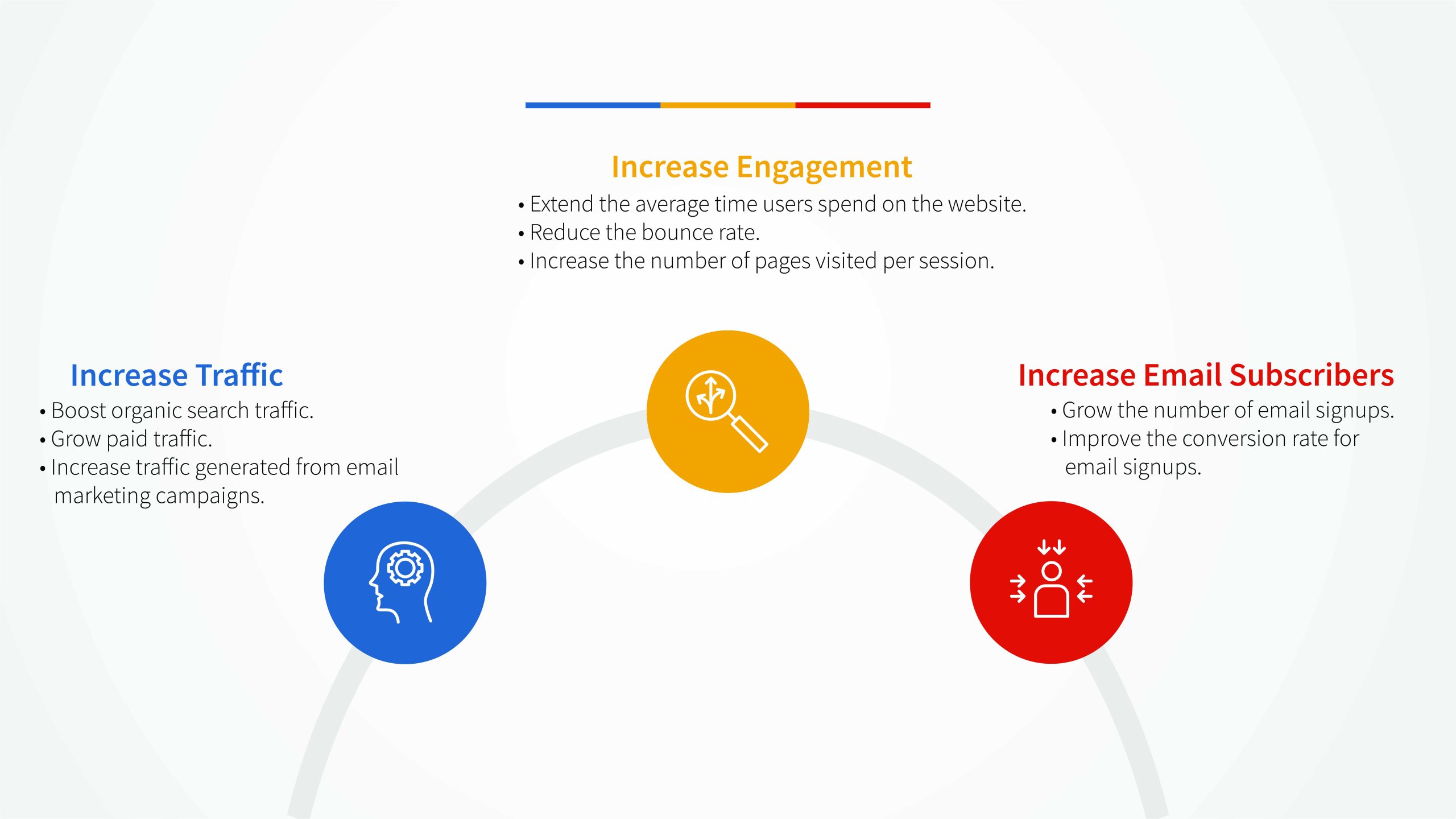
Your website purpose can change
We’ve explored the three primary purposes a website might serve and how these apply to different types of websites. It’s clear that brainstorming and defining the purpose and goals of a website early on—whether through discussions with a client or as part of your own planning for a personal or portfolio site—is crucial. Establishing your website’s goals from the beginning helps guide design decisions. However, it’s also entirely possible for the purpose or goals of a website to change as it grows and evolves.
For instance, you might start a travel blog focused solely on sharing information. Over time, as the blog gains traction and an audience, you could develop a business around it. This shift might change the website’s purpose to include raising awareness and driving sales. Such changes often lead to redesigning parts of the website or adding new landing pages to align with the updated goals.
Remember, there’s no definitive right or wrong purpose for a website. What matters most is choosing a purpose to begin with, using it to guide your initial design, and remaining flexible to adjust as your website and goals evolve.
Your questions and answered
1. What is the main purpose of a website?
The main purpose of a website depends on its goal—typically to generate awareness, drive sales, or provide information. Business websites often focus on sales and lead generation, while blogs or news sites are designed to inform or educate visitors.
2. Why is it important to define the purpose of your website?
Defining your website’s purpose helps in creating a focused design, selecting the right content, and aligning marketing strategies. Without a clear goal, it’s harder to attract the right audience and measure success.
3. How do I choose the right purpose for my website?
Start by identifying your business goals, target audience, and what action you want users to take. Whether it’s making a purchase, subscribing to a newsletter, or reading educational content, your website’s purpose should reflect that goal.
4. Can a website have more than one purpose?
Yes, a website can serve multiple purposes, such as building brand awareness and generating leads. However, it’s crucial to prioritize one primary goal to avoid confusing visitors and diluting the user experience.
5. What are examples of website purposes?
Common website purposes include:
- E-commerce (sales and conversions)
- Educational content (blogs or courses)
- Portfolio showcase
- Lead generation
- Informational resources
- Booking and appointments
6. How does website purpose affect design and layout?
A clearly defined purpose shapes the user experience (UX) and layout choices. For example, sales-driven websites use CTAs, product pages, and checkout flows, while informational sites prioritize readability and searchability.
7. How do I measure the success of my website’s purpose?
Use tools like Google Analytics to track:
- Website traffic
- Bounce rates
- Conversion rates
- Email subscriptions
- Average time on site
These KPIs help evaluate if your website is meeting its goals.
8. What happens if my website doesn’t have a clear purpose?
Without a clear purpose, your website may experience:
- High bounce rates
- Low conversion
- Poor SEO performance
- Confused visitors
Establishing a goal guides your content, layout, and marketing.
9. Can the purpose of a website change over time?
Absolutely. As your business evolves, your website goals may shift—from brand awareness to e-commerce or from portfolio display to lead generation. Regularly review and adjust your site’s objectives to stay aligned with your growth.
10. How does SEO relate to a website’s purpose?
SEO ensures your website attracts the right audience based on its purpose. For example, an educational blog focuses on keyword-rich content, while a sales website targets transactional keywords to drive conversions.
More Latest Blog
Comet Browser (AI Browser) The web is overflowing with tabs, logins, content, and chores. You open one article, then twenty more, copy...
What is a Software Service Company? A software service company is an organization that provides clients with specialized...
What is Quantum Computing and Why We Should Know? Quantum computing is an emerging technology that leverages the principles of quantum...

